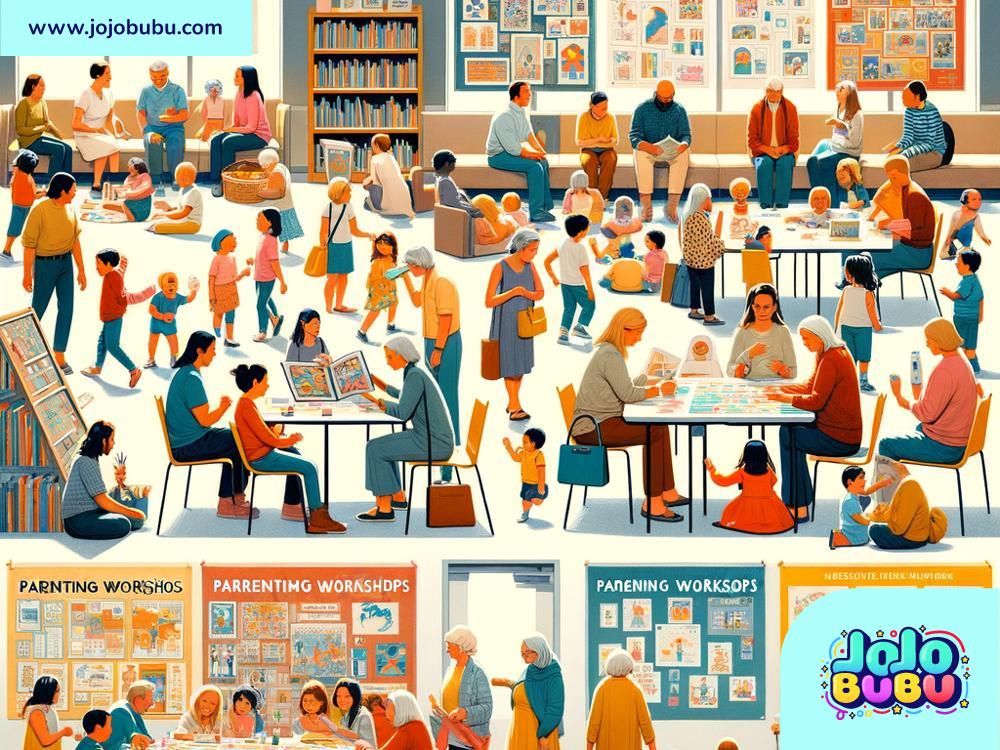Leveraging Community Resources: Empowering Growth and Connections
Do you ever stop and wonder about all the potential help and opportunities around you? Communities are full of valuable resources that can improve lives, solve problems, and make goals easier to achieve. From local organizations to neighbors with hidden talents, community resources can provide support, connections, and tools to grow. In this blog, we’ll explore what community resources are, why they’re so important, and how you can use them to their full potential.
What Are Community Resources?
Community resources are things, people, or places in a community that provide services, skills, or solutions to help residents. They can include local organizations, government services, educational programs, places of worship, parks, libraries, and even the expertise of people who live in the area. For example:
- Organizations: Nonprofit groups, food banks, youth programs, and charity organizations offering free or affordable services.
- Business Resources: Small businesses hosting events, providing job opportunities, or offering specialized skills.
- Public Spaces: Parks, community centers, and libraries for activities, gatherings, and learning.
- Neighbors: Local residents who share knowledge, provide support, or organize community activities.
All of these resources make a difference. Whether it’s helping your child excel in school, improving your finances, or supporting mental health and well-being, these tools can enrich lives.
Why Are Community Resources Important?
Community resources bring people together while addressing needs and challenges. Here’s why they matter:
-
Accessibility: Many resources are offered for free or at a low cost, making them accessible to everyone. For example, public libraries provide free books, internet access, and educational workshops to help people grow.
-
Solve Problems Locally: Whether you need help finding housing, childcare, or job training, community resources are tailored to your local area. These solutions often require less time and money than reaching out far from home.
-
Build Stronger Connections: Involving yourself in community resources can lead to meaningful friendships and networks. Meeting new people and building relationships create a sense of belonging.
-
Empower Growth: Community resources empower people to reach their goals and improve their lives. For example, free career training programs can provide skills to help someone find a better-paying job.
-
Promote Health and Wellness: Many communities offer mental health services, workout classes, or counseling programs to help residents stay happy, healthy, and balanced.
Practical Ways to Leverage Community Resources
Using community resources sounds great, but where do you begin? Here are some practical tips to get started:
1. Find Out What’s Available
The first step is to learn what’s around you. Keep an eye out for posters, flyers, and social media posts about events or programs. Here are some ideas to start:
- Visit your local library for upcoming activities for all ages.
- Explore websites for nearby nonprofits and government organizations.
- Ask neighbors or friends about programs they know or have tried.
- Look at community boards in grocery stores, schools, or coffee shops.
2. Join Local Groups
Become more involved in your neighborhood by joining community groups, clubs, or social organizations. Groups such as gardening clubs, book clubs, or parent support networks help foster connections while offering helpful advice or resources.
3. Attend Events
Local events like farmers markets, festivals, or workshops are often great ways to learn about other resources. Organizers and attendees may introduce you to opportunities, services, or individuals with expertise.
4. Volunteer
Volunteering in your community is a powerful way to exchange value. When you offer your time or skills, you’ll not only help others but often learn about additional programs or resources while meeting new people.
5. Ask for Help
Sometimes, the easiest way to find resources is to ask directly. If you’re in need of assistance—whether it’s help with food, employment, or child care—reach out to organizations and share your situation. Most communities have programs ready to help people in tough times.
Inspiring Examples of Using Community Resources
Here are some real-life examples of community resources at work:
-
Job Search Support: Someone looking for work could attend free resume-writing workshops at their library, find job postings at local businesses, or receive coaching from job placement centers.
-
Educational Growth: Parents can help their kids join library-hosted tutoring programs or enroll them in local art classes, all at minimal costs.
-
Mental Health Help: Many towns have nonprofits that offer free counseling or group support meetings, helping residents manage stress and build resilience.
-
Shelter and Food Assistance: Communities offer food banks, soup kitchens, and shelters for people in need, easing the stress of unforeseen challenges.
The Power of Connection
When you begin using community resources, it’s not just about gaining services for yourself. It’s about building connections that last. Every participation adds to the community’s strength, creating a cycle of mutual support and collaboration. By attending programs, meeting people, or offering help, you’re contributing to a network that lifts everyone up.
Conclusion
Community resources are all around us, offering valuable tools for personal growth, problem-solving, and relationship-building. Whether it’s a helpful neighbor, a nonprofit program, or a public library, these resources can make life easier and richer. The key is to stay engaged and proactive in seeking them out.
So take that first step—visit a local event, join a group, or offer your time as a volunteer. You never know what wonderful opportunities your community might hold!

